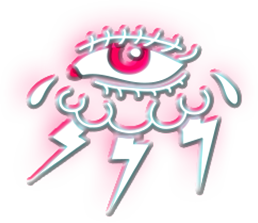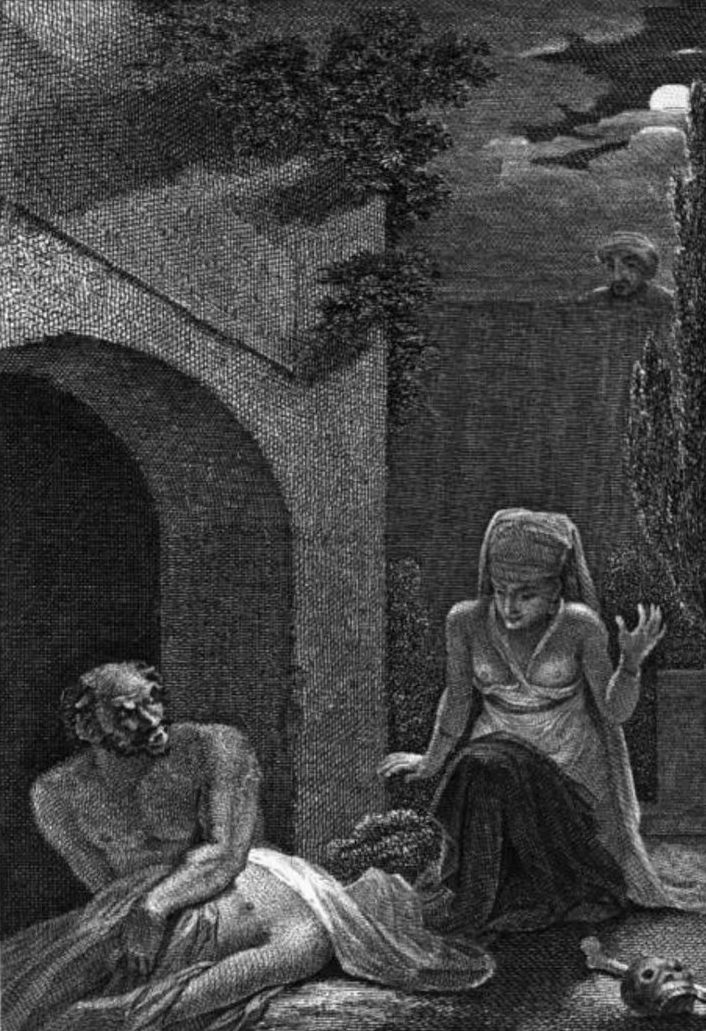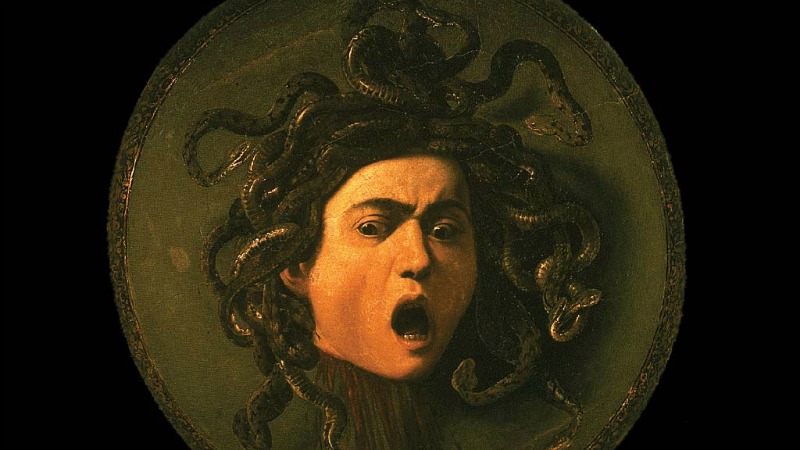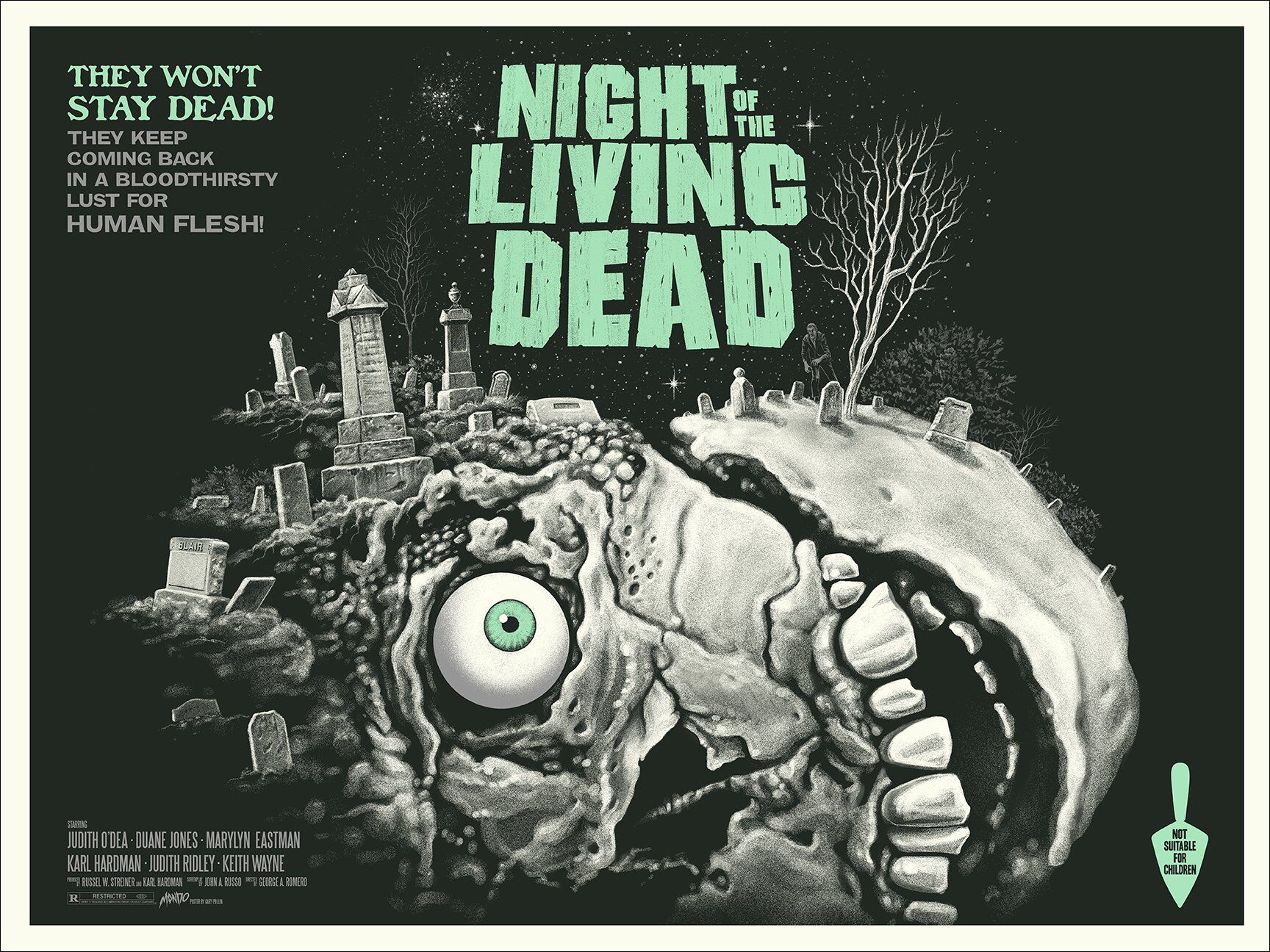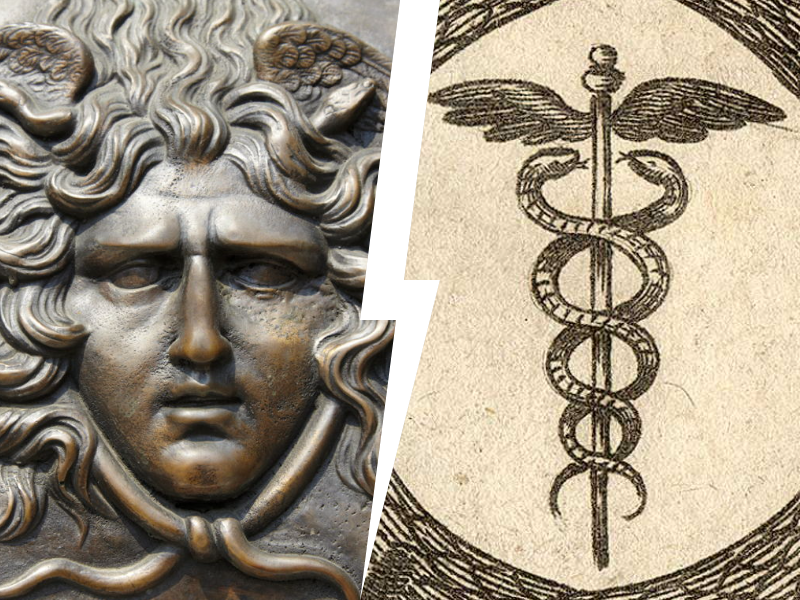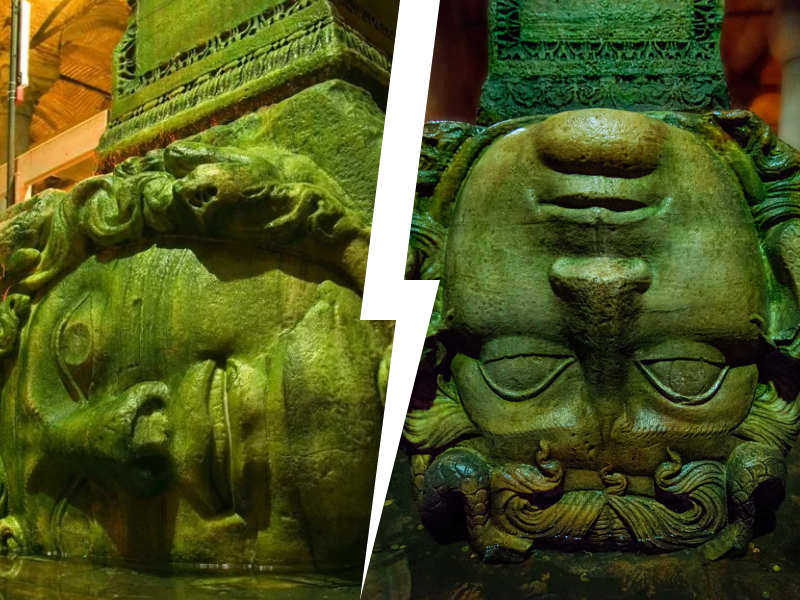Ghouls are associated with graveyards and the consumption of human flesh
Arabic: غول, ghūl
Ghūls: The Shape-Shifting Ass-Hooved Party Animals of Arabic Lore
Imagine wandering through the ancient Arabian desert, minding your own business, when suddenly you hear the unmistakable clip-clop of… donkey feet? Congratulations, you’ve just encountered a ghūl, the shape-shifting pranksters of the spirit world!
These diabolical divas are the rebellious offspring of Iblīs, the prince of darkness in Islam. Think of them as the goth kids of the jinn family – always changing their look, but never quite able to hide those telltale ass’s hooves. It’s like they’re perpetually stuck in a cosmic costume party where everyone forgot to bring shoes.
But wait, there’s more! In Arabic, calling someone a ghūl isn’t just reserved for hooved hellions. It’s also a sick burn for that friend who always clears out your fridge or orders everything on the menu. “Stop being such a ghūl, Mohammed! Leave some shawarma for the rest of us!”
And if you think that’s wild, hold onto your turbans, folks! The etymology of this ghoulish term is a linguistic rollercoaster. It’s linked to words meaning “to cast spells,” “scream,” and “crow” – because nothing says “party” like a screeching, spell-casting bird-demon, right? But wait, there’s more! It’s also associated with “warlike ardor” and “wrath,” suggesting these creatures are the ultimate hangry warriors of the underworld.
Speaking of the underworld, let’s not forget the Akkadian “gallu” – demons so bad they make the ghūls look like fluffy bunnies. These are the OG underworld terrors, the ones that make even the toughest ghūls say, “Nope, I’m out!”
So next time you’re out in the desert and hear the clip-clop of hooves, don’t panic! It’s probably just a ghūl looking to raid your picnic basket and maybe cast a spell or two. Just don’t call them “ass” – they might take it the wrong way!
ghouls
Etymology
The Ghoulish Debut of 1786: When “Vathek” Unleashed the Ghoul
In 1786, William Beckford’s novel “Vathek” introduced the English-speaking world to the ghoul, a grave-robbing, corpse-munching fiend straight from Arabic folklore. The term “ghoul” comes from the Arabic “ghul,” an evil spirit with a taste for midnight snacks of the recently deceased. The root “ghala” means “he seized,” painting a vivid picture of these creatures snatching bodies with ease.
Beckford’s “Vathek” wasn’t just a spooky story; it was a cultural phenomenon that bridged Eastern and Western horror traditions. His tale of a power-hungry Caliph making deals with the devil captivated readers with its blend of Gothic horror and Arabian Nights-style fantasy. So, the next time you encounter a ghoul, remember Beckford’s 1786 translation that brought this creature to life!
